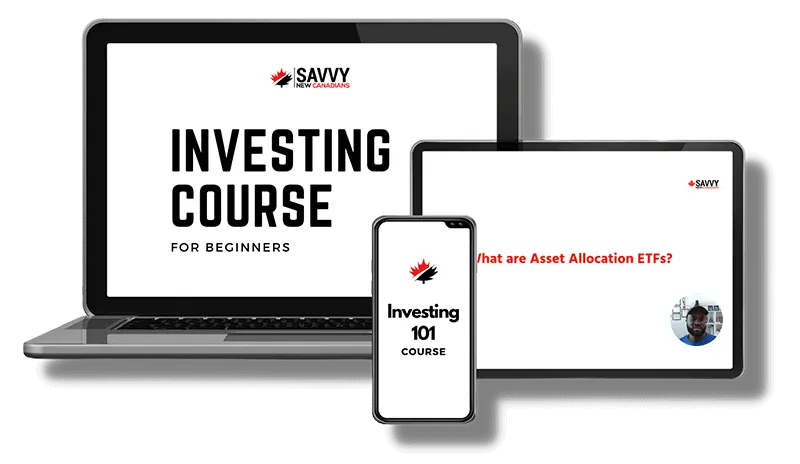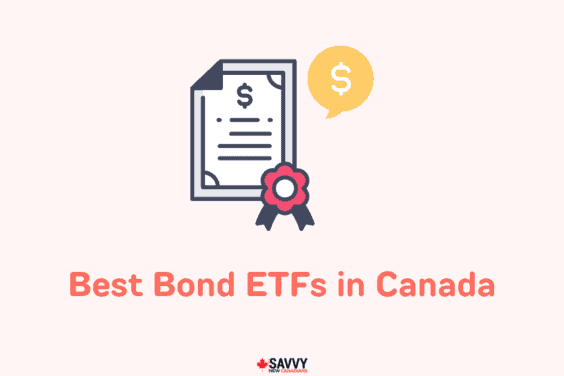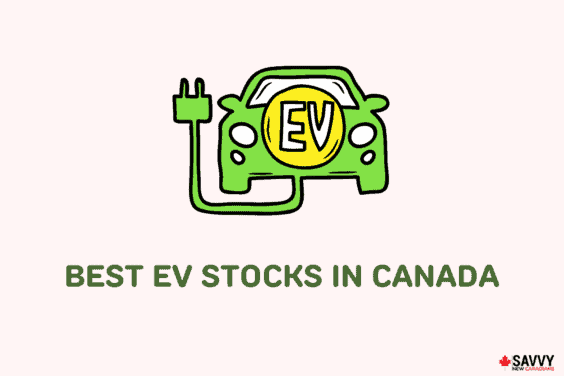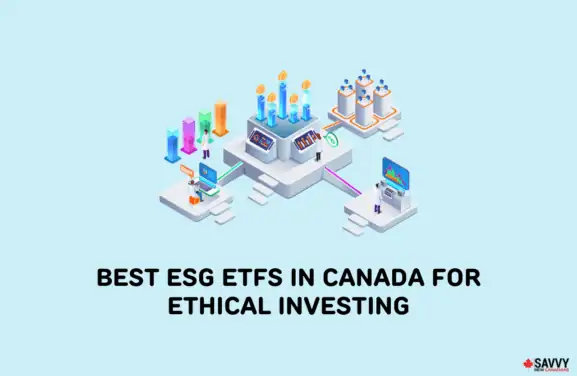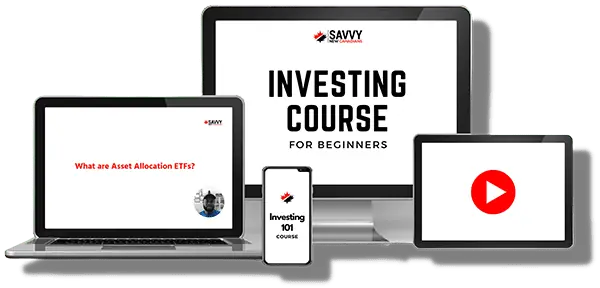An index fund is a type of mutual fund or Exchange-Traded Fund (ETF) designed to track the components of a broad market index. The indexes most commonly tracked include the S&P 500, the S&P/TSX, and the NASDAQ index.
Warren Buffett is widely considered the greatest investor of our generation. His advice? Most people should avoid picking individual stocks and just own low-cost index funds. Buffett personally owns two index funds that track the S&P 500 index.
Why are index funds popular? They require minimal effort from the investor, have low operating expenses, and provide exposure to a wide range of companies. Index funds have low portfolio turnover and historically have provided steady returns with a relatively safe floor.
If you want to invest in the stock market without spending time to research each company, then index funds may suit you well. In this article, we’ll discuss 10 of the best index funds in Canada for April 2024.
Top Canadian Index Funds for 2024
1. BMO S&P/TSX Capped Composite Index
Here are some key facts about this ETF:
- Ticker Symbol: ZCN.TO
- Inception Date: May 29, 2009,
- Total Assets Under Management: $7.15 billion
- Number of Holdings: 237
- MER: 0.06%
- Dividend Yield: 3.23%
- Dividend Frequency: Quarterly
- 1-year Returns: -5.86%
ZCN is a BMO Global Asset Management index ETF that has been designed to replicate the performance of the S&P/TSX index. It holds 237 Canadian stocks representing more than 95% of the total Canadian equity market.
With this ETF, you get exposure to every blue-chip Canadian stock and some smaller-cap companies. It has an attractively low MER of just 0.06% while providing a nice 3.23% dividend yield each quarter.
Its largest holdings include some familiar names, including
| Company Name | Weighted Allocation |
| Royal Bank of Canada (RY.TO) | 6.26% |
| Toronto Dominion Bank (TD.TO) | 5.43% |
| Enbridge Inc (ENB.TO) | 3.80% |
| Canadian National Railway Co (CNR.TO) | 3.35% |
| Canadian Pacific Railway Ltd (CP.TO) | 3.32% |
Here are some key facts about this ETF:
- Ticker Symbol: XIC.TO
- Inception Date: February 16th, 2001
- Total Assets Under Management: $9.39 billion
- Number of Holdings: 236
- MER: 0.06%
- Dividend Yield: 2.81%
- Dividend Frequency: Quarterly
- 1-year Returns: -5.85%
XIC is a Blackrock iShares index fund that tracks the S&P/TSX Capped Composite Index, net of expenses. The fund is advertised by iShares as ‘owning the entire Canadian stock market.’
It has a similar composition to ZCN.TO with the same MER of 0.06%. Index funds typically have lower expenses because they are passively managed and do not require much re-allocation.
The largest holdings of XIC are identical to ZCN.TO:
| Company Name | Weighted Allocation |
| Royal Bank of Canada (RY.TO) | 6.26% |
| Toronto Dominion Bank (TD.TO) | 5.42% |
| Enbridge Inc (ENB.TO) | 3.78% |
| Canadian National Railway Co (CNR.TO) | 3.35% |
| Canadian Pacific Railway Ltd (CP.TO) | 3.31% |
The one significant difference between XIC.TO and ZCN.TO is that ZCN pays out a higher dividend yield. Always consider these factors when shopping around for the best Canadian index funds to invest in.
Here are some key facts about this ETF:
- Ticker Symbol: XIU.TO
- Inception Date: September 28th, 1999
- Total Assets Under Management: $11.13 billion
- Number of Holdings: 60
- MER: 0.18%
- Dividend Yield: 2.88%
- Dividend Frequency: Quarterly
- 1-year Returns: -6.36%
XIU was founded in 1990, and according to Blackrock, it has the distinction of being the world’s first ETF. The fund is designed to track the S&P/TSX 60, which is 60 of the largest companies on the TSX.
This ETF holds many of the same companies as XIC and ZCN but with a more concentrated allocation for large-cap stocks.
The largest holdings in XIU are identical to XIC and ZCN:
| Company Name | Weighted Allocation |
| Royal Bank of Canada (RY.TO) | 7.80% |
| Toronto Dominion Bank (TD.TO) | 6.76% |
| Enbridge Inc (ENB.TO) | 4.72% |
| Canadian National Railway Co (CN.TO) | 4.18% |
| Canadian Pacific Railway Ltd (CP.TO) | 4.12% |
The MER for XIU is higher than both XIC and ZCN. It also comes with a 0.02% CA Maximum Annual Other Expenses fee.
Here are some key facts about this ETF:
- Ticker Symbol: XUU.TO
- Inception Date: February 10, 2015
- Total Assets Under Management: $2.25 billion
- Number of Holdings: 115
- MER: 0.08%
- Dividend Yield: 2.12%
- Dividend Frequency: Quarterly
- 1-year Returns: -13.19%
XUU is a Blackrock iShares index ETF that tracks the total US stock market. It is designed to replicate the S&P Total Market Index, net of expenses.
This fund holds a basket of other iShares ETFs that are listed in the United States. This strategy allows it to have a low MER of 0.08%, which makes it a good long-term core holding.
The largest holdings in XUU are as follows
| Company Name | Weighted Allocation |
| iShares Core S&P 500 ETF (IVV) | 48.57% |
| iShares S&P Total US Stock Market ETF (ITOT) | 44.29% |
| iShares Core S&P Mid-Cap ETF (IJH) | 3.24% |
| iShares Core S&P Small-Cap ETF (IJR) | 1.37% |
| USD Cash | 0.11% |
5. Vanguard FTSE Canada All Cap Index ETF
Here are some key facts about this ETF:
- Ticker Symbol: VCN.TO
- Inception Date: August 2nd, 2013
- Total Assets Under Management: $5.19 billion
- Number of Holdings: 182
- MER: 0.05%
- Dividend Yield: 3.16%
- Dividend Frequency: Quarterly
- 1-year Returns: -5.79%
VCN is the first Vanguard index ETF on our list. It is designed to replicate the FTSE Canada All Cap Domestic Index and holds small, medium, and large-cap Canadian stocks.
As with most Vanguard ETFs, it has the winning combination of a low MER and a high dividend yield.
The largest allocations in VCN are as follows:
| Company Name | Weighted Allocation |
| Royal Bank of Canada (RY.TO) | 6.68% |
| Toronto Dominion Bank (TD.TO) | 5.97% |
| Enbridge Inc (ENB.TO) | 4.01% |
| Canadian National Railway Co (CN.TO) | 3.63% |
| Canadian Pacific Railway Ltd (CP.TO) | 3.51% |
VCN has a 32.9% portfolio allocation to the financial sector. The second-highest allocation is energy, with 17.6%.
6. TD US Equity Index ETF
Here are some key facts about this ETF:
- Ticker Symbol: TPU.TO
- Inception Date: March 22nd, 2016
- Total Assets Under Management: $1.47 billion
- Number of Holdings: 497
- MER: 0.07%
- Dividend Yield: 1.68%
- Dividend Frequency: Quarterly
- 1-year Returns: -14.30%
TPU is a TD Canadian index fund that tracks a broad allocation of large-cap U.S. stocks.
It holds proportional allocations of U.S. stocks by market capitalization and holds 497 of the largest U.S. companies.
The top five allocations in TPU are:
| Company Name | Weighted Allocation |
| Apple Inc (AAPL) | 6.63% |
| Microsoft Corp (MSFT) | 5.19% |
| Amazon.com Inc (AMZN) | 2.51% |
| Alphabet Inc Class A (GOOGL) | 1.74% |
| Alphabet Inc Class C (GOOG) | 1.57% |
The dividend yield is lower than other index funds on this list at just 1.68%.
Stock Advisor Canada
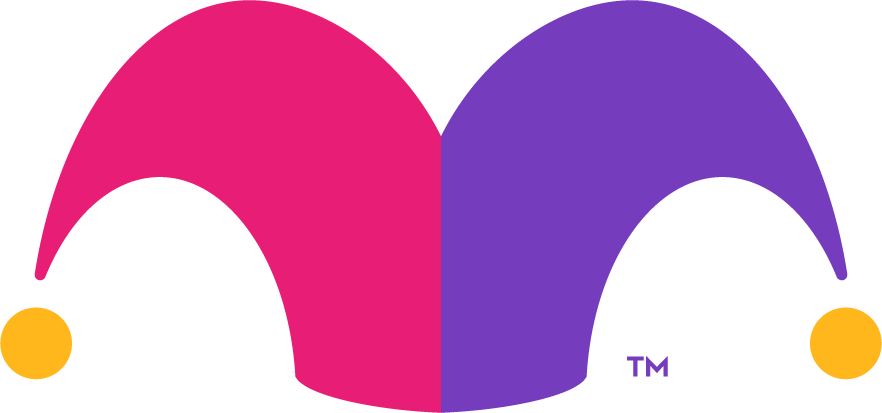
Unlimited access to expert stock recommendations
Almost doubled the S&P/TSX Index over last 9 years
New stock picks every month
50,000+ members
$1.90 weekly (66% discount)
Here are some key facts about this ETF:
- Ticker Symbol: XQQ.TO
- Inception Date: May 3rd, 2011
- Total Assets Under Management: $1.78 billion
- Number of Holdings: 101
- MER: 0.39%
- Dividend Yield: 0.45%
- Dividend Frequency: Semi-Annual
- 1-year Returns: -33.68%
XQQ is a Blackrock iShares index fund that tracks the tech-heavy NASDAQ 100 index. This fund targets long-term capital growth rather than dividend re-investment.
The MER for this index fund is on the higher side at 0.39%, and income investors might be disappointed by the 0.45% yield on a semi-annual basis.
This fund’s highest weighted allocations are
| Company Name | Weighted Allocation |
| Apple Inc (AAPL) | 11.62% |
| Microsoft Corp (MSFT) | 11.59% |
| Amazon.com Inc (AMZN) | 6.40% |
| Alphabet Inc Class C (GOOG) | 3.96% |
| NVIDIA Corp (NVDA) | 3.94% |
8. Vanguard S&P 500 Index ETF
Here are some key facts about this ETF:
- Ticker Symbol: VFV.TO
- Inception Date: November 2nd, 2012
- Total Assets Under Management: $6.88 billion
- Number of Holdings: 506
- MER: 0.09%
- Dividend Yield: 1.31%
- Dividend Frequency: Quarterly
- 1-year Returns: -12.62%
VFV is another Vanguard Index fund that seeks to track the performance of the benchmark S&P 500 index in the United States.
This ETF allows Canadian investors to invest Canadian dollars into a fund that holds US-listed stocks without any foreign exchange fees.
Given the size of the largest tech companies, VFV understandably has a 25.8% allocation to the information technology sector.
The top allocations in VFV are
| Company Name | Weighted Allocation |
| Apple Inc (AAPL) | 5.99% |
| Microsoft Corp (MSFT) | 5.50% |
| Amazon.com Inc (AMZN) | 2.29% |
| Berkshire Hathaway Inc. Class B (BRK.B) | 1.71% |
| Alphabet Inc Class A (GOOGL) | 1.62% |
Here are some key facts about this ETF:
- Ticker Symbol: XSP.TO
- Inception Date: May 24th, 2001
- Total Assets Under Management: $7.81 billion
- Number of Holdings: 1
- MER: 0.10%
- Dividend Yield: 1.58%
- Dividend Frequency: Semi-Annual
- 1-year Returns: -19.38%
XSP is the Blackrock iShares S&P 500 index fund for Canadian investors. It is often compared to VFV due to both funds tracking the same index.
There are differences between the two: VFV pays a lower dividend yield but on a quarterly basis compared to semi-annually for XSP.
This iShares fund also has a slightly higher MER and holds the iShares Core S&P 500 ETF (IVV) as its only holding. It is also hedged with the Canadian dollar to battle foreign exchange volatility.
10. Horizons Europe 50 Index ETF
Here are some key facts about this ETF:
- Ticker Symbol: HXX.TO
- Inception Date: December 6th, 2016
- Total Assets Under Management: $90 million
- Number of Holdings: 50
- MER: 0.19%
- Dividend Yield: N/A
- Dividend Frequency: N/A
- 1-year Returns: -9.51%
For our last index fund, consider the Horizons Europe 50 Index, which tracks the 50-largest Eurozone companies.
This fund does not pay a dividend, and as with most foreign equity funds, it has a higher-than-average MER.
HXX holds stocks from nine different countries, including France, Germany, and the Netherlands.
The top allocations in HXX are:
| Company Name | Weighted Allocation |
| ASML Holding NV (ASML.AS) | 7.16% |
| LVMH Moet Hennessy Louis Vuitton SE (MOH.F) | 6.26% |
| TotalEnergies SE (TTE.PA) | 5.42% |
| Linde plc (LIN.DE) | 5.31% |
| Sanofi SA (SNW.F) | 3.64% |
Index Funds Explained
As you can see from our list of the best Canadian index funds, these ETFs or mutual funds track a broader fixed index of equities.
Since these portfolios match the performance of the index, they provide exposure to a larger basket of different stocks.
This also means that since the portfolio does not often change, the management fees for holding these ETFs are typically lower.
Why You Should Consider an ETF Index Fund
Index funds are ideal for passive investors who do not want to actively manage their investments.
Lower management fees allow you to keep more of your gains over the long term.
The allocation of these funds usually provides exposure to safe, blue-chip stocks with a solid dividend yield as well.
How To Buy ETF Index Funds in Canada in 2024
If you want to buy any of these top index funds in Canada, they are available at every brokerage. For those looking to save on commission fees and even buy their ETFs for free, consider using one of Canada’s best discount brokerage sites.
Moomoo

Trade stocks, ETFs, options, etc.
Up to $2,400 in welcome bonuses
Very low competitive trading fees
Free Level 2 data and access to paper trading to test strategies
Earn interest on uninvested cash
No monthly or quarterly fees
Downsides of Canadian Index Funds
As we saw in 2023, holding an index fund can have its downside as well. When you invest in an index fund, you are at the mercy of the index it tracks.
This means that over the long term, you will likely see growth, but in the short term, there can be some volatility. This is especially true when holding high-growth index funds like the NASDAQ 100, which saw a 33% loss in recent years.
Index ETFs vs Index Mutual Funds
The biggest difference between ETFs and mutual funds is that ETFs can be traded throughout a session, like individual stocks. Mutual funds can only be bought or sold at the set price for each day.
Mutual funds often require a higher minimum initial investment than ETFs.
Finally, ETFs are usually more tax-friendly in terms of capital gains. You sell shares of the ETF to another investor, whereas when you sell a mutual fund, you redeem it from the manager or provider of the fund itself.
Methodology
When shopping for index funds, the same strategy should apply. Look for low-cost ETFs that provide steady growth and regular dividend payments.
Always compare things like the MER, distribution or dividend yield, and fund performance. You will find most index funds have similar stock holdings, so choosing the lowest-expense ETF will help you earn the most on your investment.
Related:
